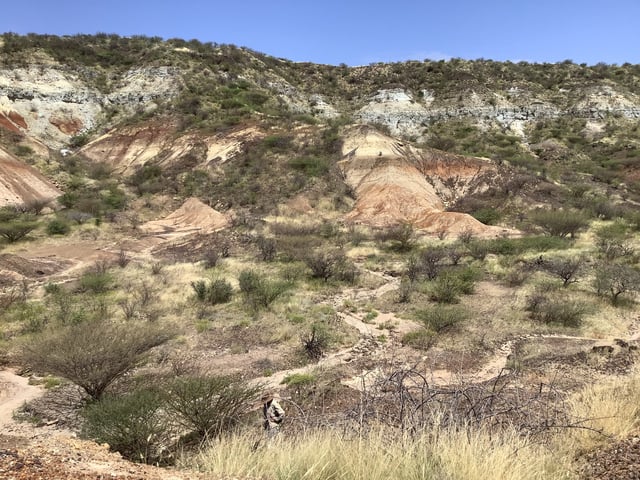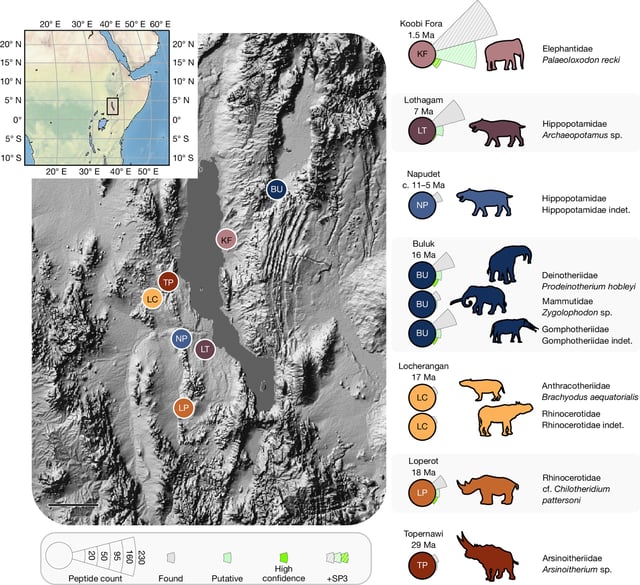Overview
- Researchers sequenced diverse proteomes from 18-million-year-old East African and 21–24-million-year-old Arctic enamel, extending the molecular fossil record far beyond the limits of ancient DNA.
- Dental enamel’s mineral matrix acts as a protective vault that preserves protein fragments over tens of millions of years even in hot Rift Valley and frigid Arctic environments.
- Partial sequences of seven enamel proteins from a 23-million-year-old rhino tooth placed Epiaceratherium itjilik on a branch of the rhinocerotid family that diverged 41–25 million years ago.
- Teams used liquid chromatography tandem mass spectrometry and chiral amino acid analysis to authenticate ancient peptides and rule out modern contamination.
- Scientists aim to apply enamel proteomics to even older specimens, with the prospect of probing early hominins and Mesozoic species.



